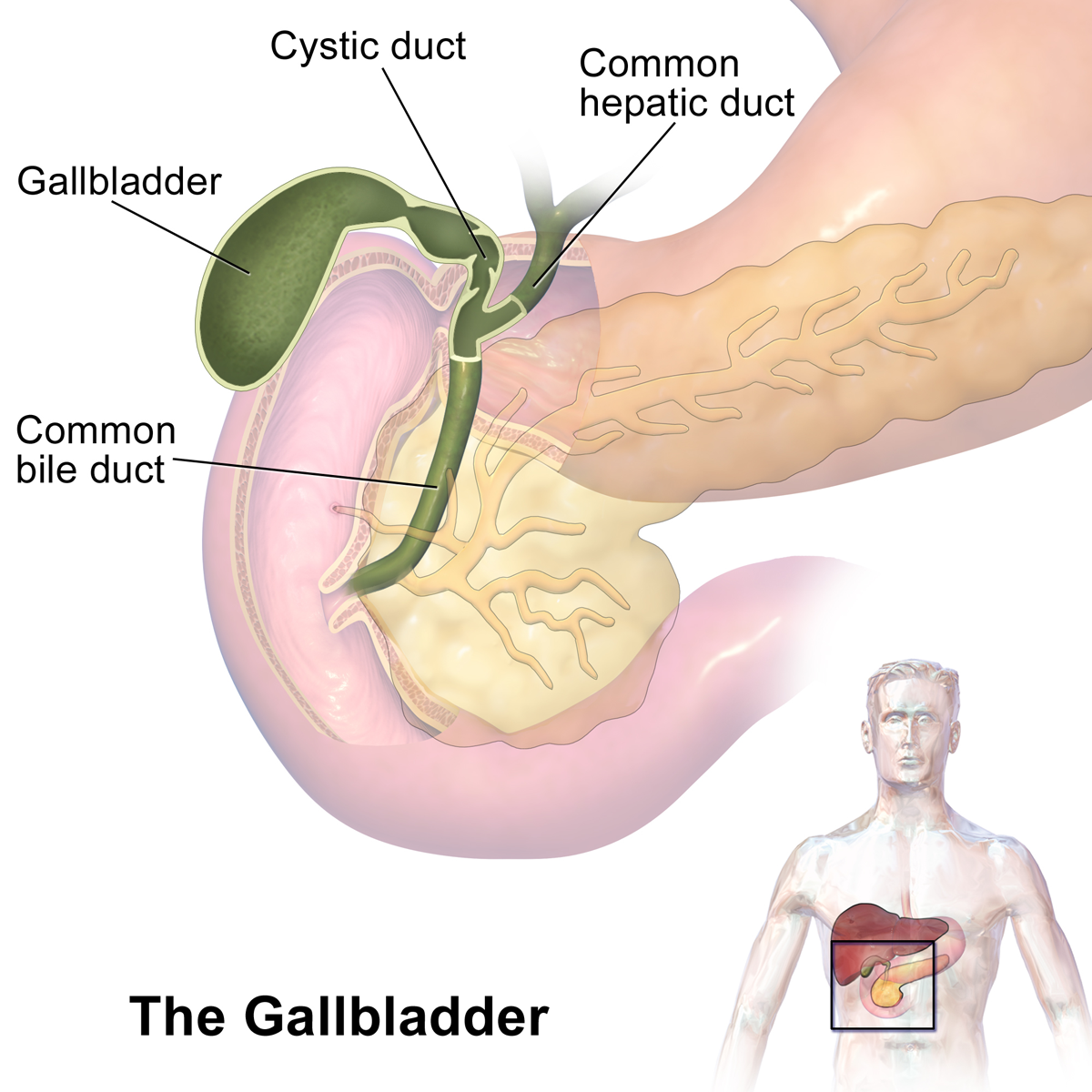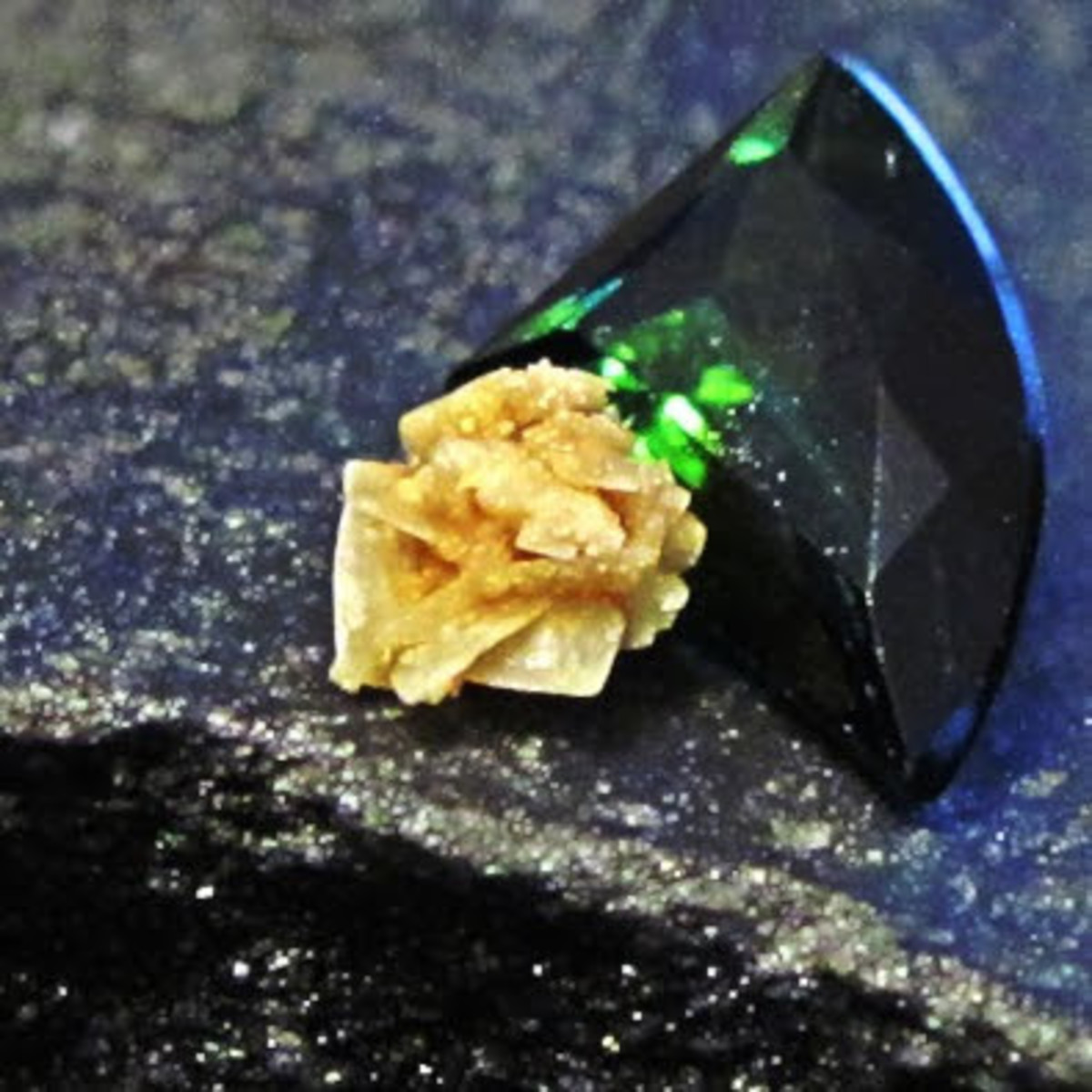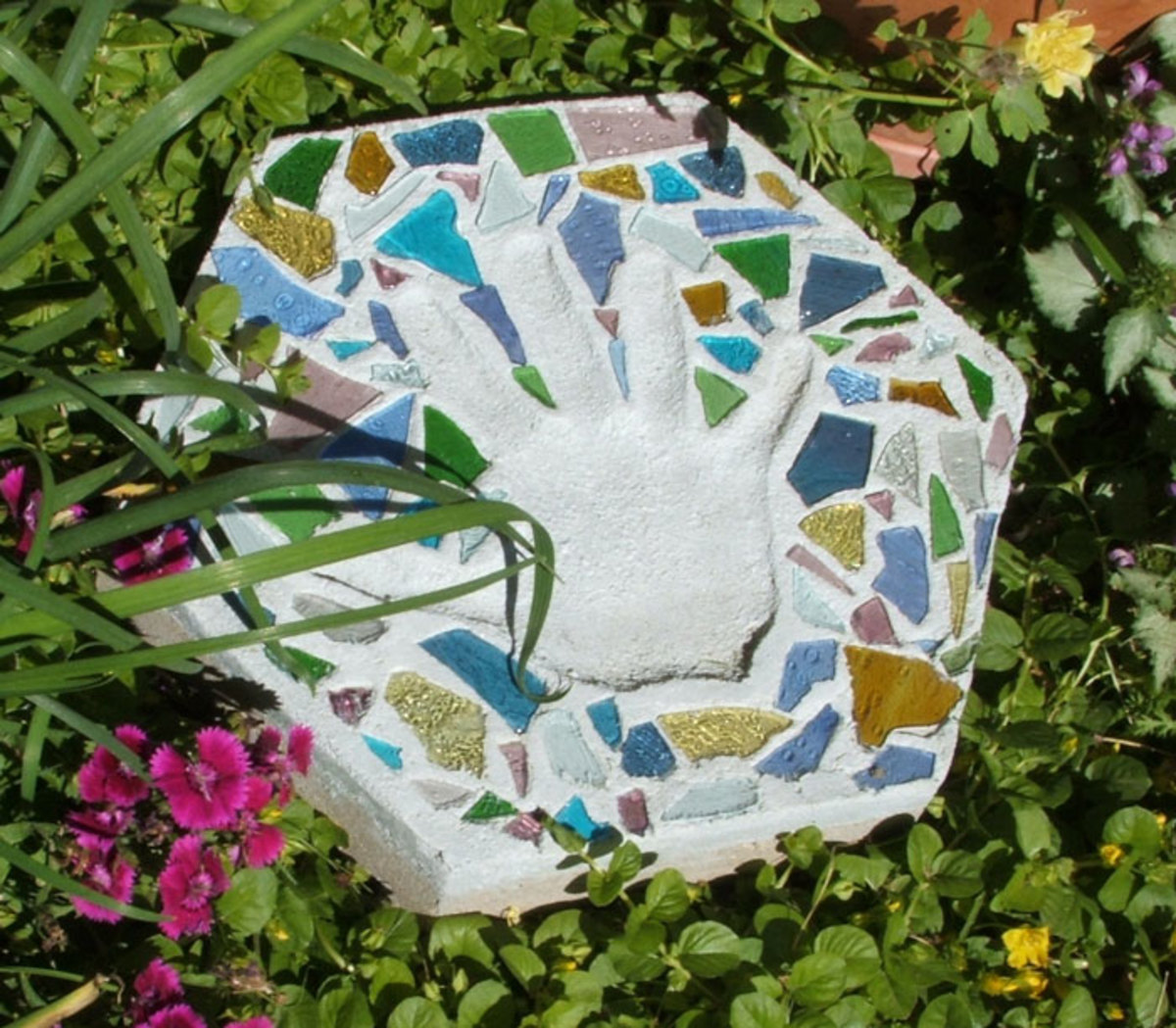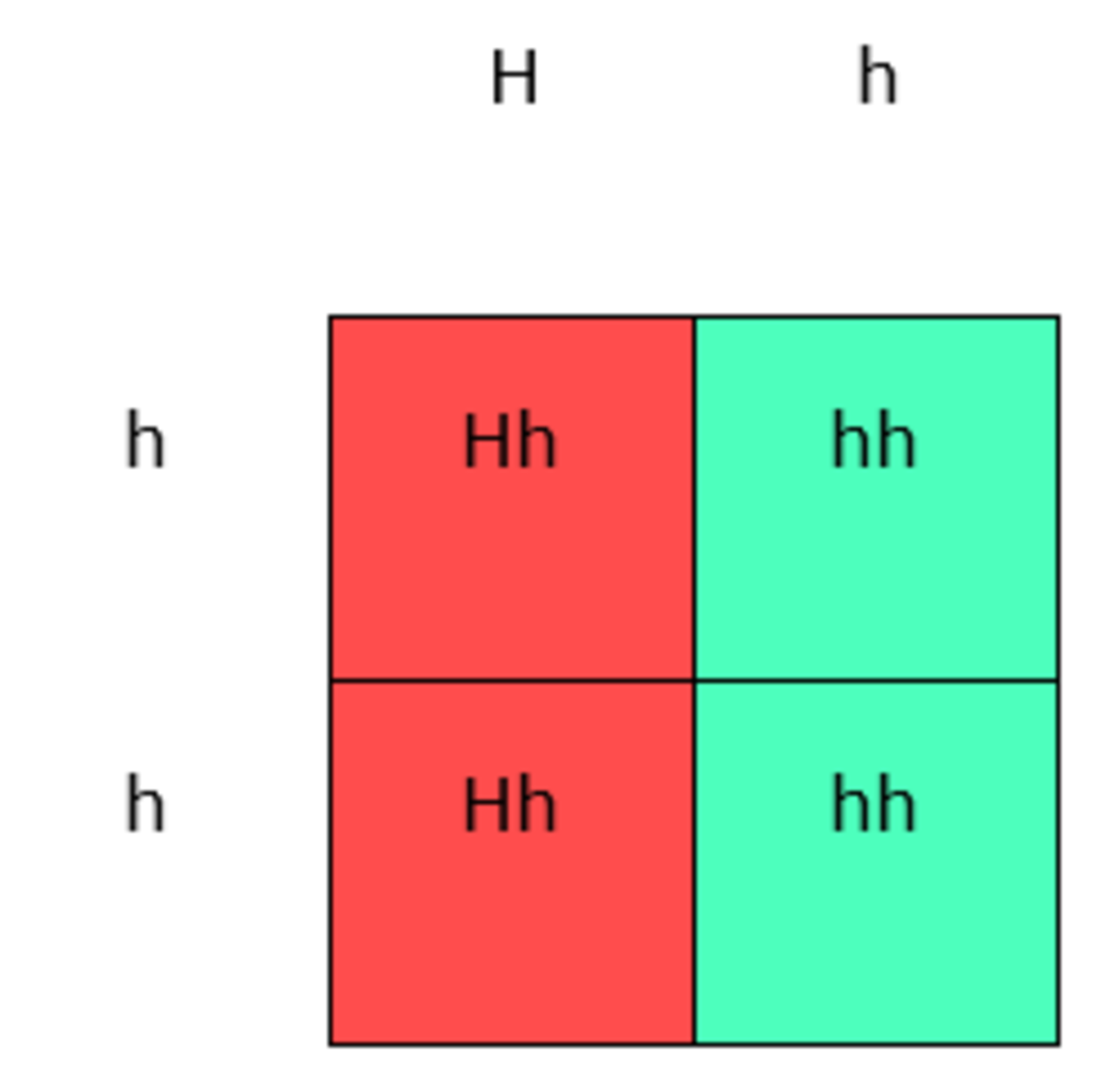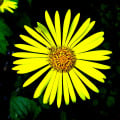Adrift in Stormy Seas: a Multiply Sclerotic Story
The Onset of the Disease
Since I take a lot of Vitamin D (the timid would call it 'Overdose') a usual URI (upper respiratory infection) for me is a rare occurrence. I get one every three to five years or so and it is never severe, never accompanied by drippy nose or fever or bronchitic cough or wheeze. I sneeze a good deal, have to blow my nose more than usual and feel generally tired but never ill. A take home point is this: Vitamin D will eliminate regular colds and make life that much more pleasant. I grew up in Portland and 200 days each year or more could be rainy, cold, windy. I spent a good many recess periods stuck in my classroom, inhaling the viral stew of my classmate's respirations. I was always fighting off one virus or another.
With no sun to speak of and being covered with my school uniform head to tail, I was likely deficient in vitamin D chronically. Friends, this is one reason why my allele for MS was able to express itself.
So, my yearly cold (I say 'yearly' but it often comes every two or four years.) Colds are rare with Vitamin D. A bore but as I said, nothing to fret over. This year, though, it was different. A severe flood of pain began to involve my mid to lower back, centered over my right latissimus dorsi.
This can be a problem. Imagine a wave of back pain eventually involving the right side of the back but spreading to involve both sides. This is not pleasant. This was the onset of a renal stone.
The worst aspect of this, I suppose, is that renal stone is a physical problem, more like a problem with the house pipes and not something a flood of Vitamin D can prevent or fix. It cannot be ignored, it is never ignorable. In me, the pain, whose center point corresponds to the stone's location in the ureter, is associated with debilitating back spasm. How do I deal with such a thing?
What a Stone Is
Renal stone is a medical condition involving the formation of a concretion within the drainage mechanism of the kidney. Its' formation is a multifactorial process which may be affected by diet, fluid ingestion and a constellation of other causes. Nobody really can predict the formation of a renal stone. It is like the prediction of the weather. Maybe some actions will moderate or change the direction of the stones' course. Think a tugboat in New York harbor, adjusting the course of a frieghter. How much water to drink? How much and which specific foods to eat? So many factors. As a doctor, I think I'm on stable ground in saying: Drink a Lot. In medical school, the general rule we passed around was that we should drink enough to make our urine nearly colorless. In my experience, I also remembered what our Renal Pathophysiology professor said: 'Your kidneys can pee dust!'...I'd still drink a lot of water In any case.
The effect of many these factors can be shown as an roughly-elliptical area displayed on a multi-axis graph. If, after accounting for the values of the various factors, the resultant solution point sits within the ellipse, you're gonna have a stone. I may be half-Italian but I'm nearly half-German; this tells me off hand I will have a few moles and that I have a tendency to form stones. Interestingly, my dad, 100% Italian, has experienced the passage of stone in his life. His family, Northern Italian from the Veneto, has obvious blood from parts further to the north of Italy. Dad carries an allele for blue eyes though his own are brown. In any case, I pass stones sometimes. How big is a renal stone? What does it look like?
Most kidney stones are about the size of a grain of sand and are pale or colorless. Their passing is accompanied by blood in the urine. In me, while passing a stone, my urine looks darker, brownish, not red. Checking a unine test strip, I find heme in the urine. The passage is marked by a dull-to-lancinatng pain which starts in the mid-back on the affected side and moves down until it centers in the groin, again on the affected side. When the passage through the ureter ends, the bladder itself is entered. Think of this: a sand-grain-sized piece of calcium carbonate bumps and bangs its' way down the ureter (the size of a straw that comes with a Mohado), tearing the inner surface and scratching against a nervous plexus that also is found in this vessel, running from the kidney to the bladder. Once in the bladder, if the stone is as have described it, all pain vanishes. Completely Suddenly. The rest of the voyage is like being in the ocean, then at the mouth of the Amazon. Some poor souls, though, develop large stones that will not pass. Oh, my. Such a person was seen in the Netflix series, "Deadwood." Boy, I'm glad I don't have such a stone-making apparatus.
In the ER, I treated acute stone with Toradol, a wonderful non-opiate second cousin to ibuprofen (Motrin). When I passed my own stones while working, a gram of Toradol, IM or po, would usually do it for me. Some would say that was hard on the kidneys, these drugs being in the same family as acetyl salacylic acid, Asparin, and hard on the renal system. But as long as it stopped the pain, it was a price worth paying.
How Vitamin D affects a Cold
Vitamin D was named by its' discovering scientists before what it really was was properly known. A vitamin may be thought of as 'an organic enzyme'. Vitamin D is now seen as more of a hormone, with many functions. Early they found out it prevented rickets, a scourge in a time when people spent their lives 'buttoned up' in their clothes and when the most 'advanced' societies were hog-tied with open use of coal for heating, cooking and Industry, so the skies were always dim. A London 'pea-souper' was smog, writ large and dense. In Great Britian, whose empire included almost a quarter of the entire Earth, lack of sunshine and the dress habits of the time resulted in an epidemic of childhood rickets. Rickets is a condition in which calcium does not incorporate in bones as quickly as it normally should because of a lack of VItamin D in the diet. The said calcium inserts in the framework of soft cartilage we have as growing children. Understand, it does deposit but without enough Vitamin D, this process is slow and bone growth happens without rapid coincident development of a rigid bone structure. The child's ankles grow bent inward (I think) and he is ever after crippled. A little sunshine would prevent the condition from ever happening. Son of a biscuit! Deposition of calcium in bone is one of several hundred or thousand body chemical functions attributed to the hormone Vitamin D. Interestingly, one function seems to be related to proper immune system development and monitoring. It may explain why Multiple Sclerosis is not widely seen near the Equator but is seen in gloomy northern climates, where I grew up.
(The pictures here are from open sites; the text is mine and I reserve all publishing rights.)
Self Control: My Biggest Problem
A pleasant man am I,
A philosophic joy;
Who likes to meditate, contemplate,
Free of humanity's mad, inhuman noise...
Yes, this is how I would always have it. A life temperate, calm, quietly joyous, I try to maintain an even keel. My wife knows, though, that I have a temper. She doesn't put up with it very well and I don't blame her. When I pass a renal stone, I have little self control. A wave of back spasm, as I felt constantly for about a week in January along with my cold, will shred the self control I usually have and release it into stormy winds and it is hard to live down.
i decided fairl early in my life that taking the name of the Lord My God in vain was a real no-no for me and should be. But what'd ya do? You invent phrases which sound like blasphemy but are not, though they sound silly. To wit: 'Cheese and Crackers!', 'God Bless America!' 'Son of a biscuit' or, in argument with another, 'You are more full of shit than God is of Mercy!.'
the best thing to do, I suppose, is to say nothing. Being from Oregon, though, I find this hard to do. At least I know what I should do.
A recent movie from Brazil shows treatment and cure of Multiple Sclerosis with 'megadose' ingestions of Vitamin D. After a careful examination of material written on the subject, I determined that a dose of 25.000 IU/day might be expected to show beneficial effects after an eight-month course. I self-experimented with this regimen and felt better but was not cured. The fact that eight years had gone by since my diagnosis suggested that I might have to persist longer for a good result to occur. I cut the qd dose to 15000 IU/day (think a Florida lifeguard getting sun for a day and a half) and I do feel great, except for the above-mentioned stone, a totally separate problem.
Vitamin D as I know it
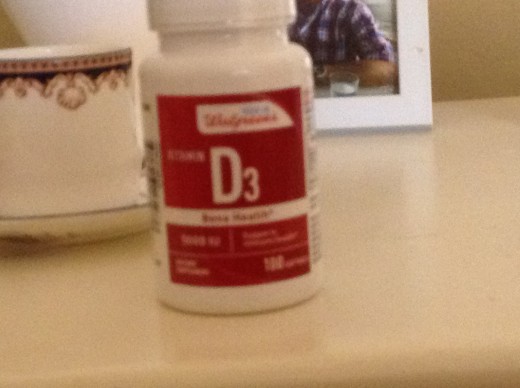
Yes, this blog Is about MS !!
I am told that this note/blog seems to concern itself with renal stones and the use of Vitamin D for colds. It does tend to drift into the discussion of these topics but, yes, MS is its' overweening concern. It has to be; I have MS and it has rewritten my life and declares itself every time I realize I can't run long distances, backpack up and down the Pacific Crest Trail or climb to the summit of Mt. Hood in Oregon and glissade down to Timberline Lodge.
Vitamin D is not a single enzyme but acts like a hormone, with many, many enzyme-like effects. It affects our bone growth, it affects our reactions to cold. It also seems to have a negative correlation to our expression of the allele for MS. With Vitamin D, we don't get MS as easily. This, with the many factors also expressing the gene: mental stress, smoking cigarettes, even vaccination against Hepatitis C, which I received as part of my work in the Emergency Room.
As I said, Renal Stone is a mechanical problem that even I cannot connect to Multiple Sclerosis. Think though, of how a guy who cannot walk well and who has a poorly-controlled temper from his MS, has to deal with every physical aspect of moving. Showering is an hour-long ordeal if you have a renal stone.
I'm sorry if my text didn't make that clear. MS is a life theme I'd like to ignore and do when I can. WHAT DOES NOT KILL ME MAKES ME STRONGER !!!

